1. J. A. Fife and M. F. Getz. Google Patents. (1990)
2. T. Balaji, R. Govindaiah, M. K. Sharma, Y. Purushotham, A. Kumar, and T. L. Prakash, Materials Letters. 56(4) (2002) 560ŌĆō563.
3. A. E. Villarreal, A. K. Fr├Łas, F. G. Rend├│n, T. Flores, L. Ponce, and G. V├Īzquez-Bautista. Emerging Challenges for Experimental Mechanics in Energy and Environmental Applications, Proceedings of the 5th International Symposium on Experimental Mechanics and 9th Symposium on Optics in Industry (ISEM-SOI), 2015. In : Mart├Łnez-Garc├Ła A, Furlong C, Barrientos B, Pryputniewicz R. J, editors. Springer International Publishing; Cham: (2017), p. 345ŌĆō353
4. Y. Freeman, R. Hahn, P. Lessner, and J. P. Prymak, (2007) unpublished
5. T. W. Shin, B. S. Jang, and J. H. Koh, Journal of Welding and Joining. 34(3) (2016) 61ŌĆō68.
6. M. Kang, Y.-N. Ahn, and C. Kim, Journal of Welding and Joining. 34(4) (2016) 40ŌĆō47.
7. D. Lee, R. Patwa, H. Herfurth, and J. Mazumder, Journal of Laser Applications. 28(2) (2016) 022006
8. D. Lee and J. Mazumder, Journal of Laser Applications. 28(3) (2016) 032003
9. D. Lee, D. Patwa, H. Herfurth, and J. Mazumder, Journal of Laser Applications. 28(3) (2016) 032010
10. D. Lee, Modeling of High Speed Remote Laser Cutting for Lithium-ion Batteries, Scholar's Press. (2016)
11. D. Lee, R. Patwa, H. Herfurth, and J. Mazumder, Journal of Power Sources. 240(0) (2013) 368ŌĆō380.
12. D. Lee, R. Patwa, H. Herfurth, and J. Mazumder, Journal of Power Sources. 210(0) (2012) 327ŌĆō338.
13. R. Patwa, H. Herfurth, C. Bratt, M. Christophersen, and B. F. Phlips, Journal of Laser Applications. 27(S2) (2015) S28006




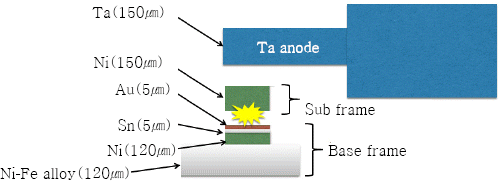
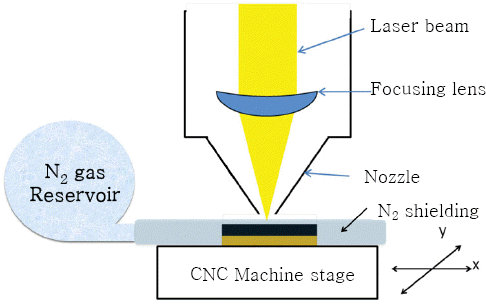
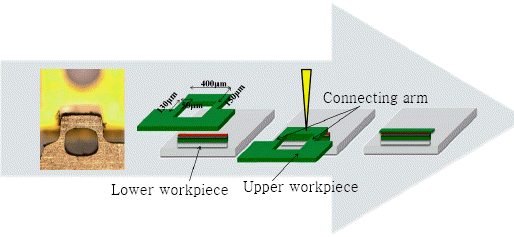
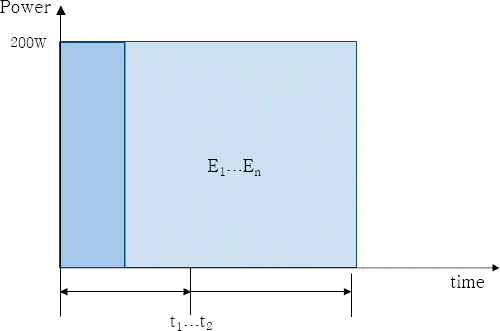

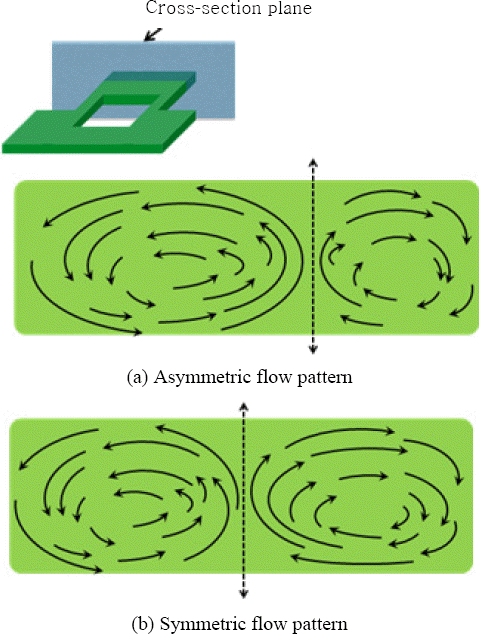
 PDF Links
PDF Links PubReader
PubReader ePub Link
ePub Link Full text via DOI
Full text via DOI Download Citation
Download Citation Print
Print



